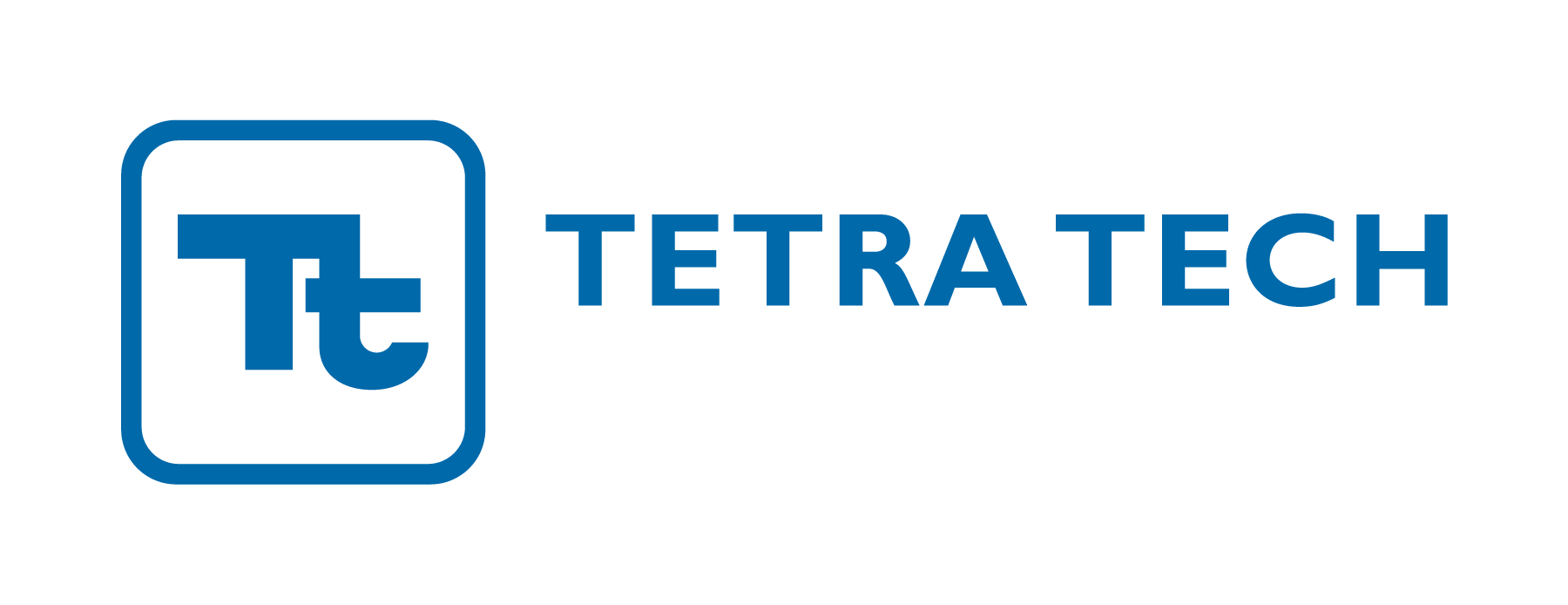The European Union has hit pause—temporarily—on the rollout of two of its sustainability initiatives: the Corporate Sustainability Reporting Directive (CSRD) and the Corporate Sustainability Due Diligence Directive (CSDDD). Earlier this year, the European Parliament approved an “Omnibus Package” that delays and amends aspects of both regulations, adjusting timelines and narrowing the scope of application for certain businesses.
For companies based in the U.S., this is not a reason to disengage. While the regulatory pressure may ease in the short term, the long-term expectations remain. Businesses with operations, subsidiaries, or customer relationships in the EU will still need to prepare for more rigorous ESG disclosures and supply chain due diligence—just on a slightly longer timeline.
What Do These Changes Mean?
The Omnibus Package makes strategic adjustments to how and when sustainability regulations will be implemented across the EU. For the Corporate Sustainability Reporting Directive (CSRD), the most notable change is the delay in reporting requirements for certain companies—especially those based outside the EU but doing business within it.
Previously, non-EU companies were expected to comply with CSRD if they generated more than €150 million (about $160 million USD) in annual net turnover within the EU, regardless of where they are headquartered. That threshold remains, but the timeline for compliance has been pushed back, giving affected companies until fiscal year 2028 to start reporting instead of 2026.
In addition to the delayed timeline, the thresholds for applicability within the EU have been raised. For example, EU-based companies are now only subject to CSRD if they meet at least two out of the following three criteria:
- More than 1,000 employees (raised from 250),
- More than €50 million in net turnover,
- More than €25 million on their balance sheet.
By increasing these thresholds, the EU is narrowing the initial scope of the directive, meaning fewer companies—especially small and mid-sized enterprises—will be required to report in the early years. This adjustment aims to reduce the compliance burden while giving companies more time to build the necessary ESG infrastructure.
For the Corporate Sustainability Due Diligence Directive (CSDDD)—also referred to as CS3D—the changes focus on the scale and depth of supply chain oversight. Initially, the directive required companies to assess environmental and human rights risks across their entire value chain, including indirect and upstream suppliers. The revised version now limits early obligations to Tier 1 suppliers, which are direct contractual partners—those that provide goods or services directly to the company, rather than through intermediaries.
This narrowing of scope means that businesses, particularly multinationals, can focus their initial due diligence efforts on the parts of the supply chain they have the most control over, rather than trying to trace impacts across multiple tiers of suppliers globally. It’s a practical concession that still supports the directive’s goals while acknowledging operational realities.
These updates are not a walk-back of the EU’s sustainability agenda, but rather a recalibration to allow businesses more time to operationalize new requirements in a meaningful way.
Who Does This Affect?
These changes apply to all businesses with a footprint in the EU. This includes U.S. companies with legal entities operating in Europe, those generating substantial revenue from EU customers, and even those indirectly involved through supply chains. Many large European companies will still be required to comply and will need ESG data and due diligence information from their U.S. suppliers to meet their obligations. As a result, U.S. firms could be pulled into compliance indirectly even if they are not directly in scope today.
When Are the New Deadlines?
The implementation timeline for CSRD was initially aggressive. Large EU-based public companies were expected to start reporting in 2025 (on 2024 data), with smaller companies and non-EU parent companies phasing in by 2026–2028.
With the Omnibus Package, non-EU companies that generate over €150 million in EU turnover now have until 2028 to begin reporting—two years later than previously scheduled. CSDDD timelines are still being finalized but are likely to follow a phased implementation approach beginning no earlier than 2027.
This added time gives businesses room to build ESG data systems, understand new reporting standards, and prepare governance structures to manage compliance more effectively.
Why the Change?
The short answer: complexity. Both CSRD and CSDDD are far-reaching regulations that introduce detailed requirements and technical standards, many of which are still being finalized. Policymakers recognized that pushing ahead with the original timelines could result in fragmented compliance and overburdened companies—particularly smaller enterprises without the infrastructure or resources to meet reporting expectations.
The decision to delay was driven by a desire to protect the long-term credibility and effectiveness of these initiatives. By giving companies more time, the EU aims to support better-quality reporting and more practical integration of sustainability practices into business operations.
In Summary
For U.S. companies, these delays offer a valuable window of time—but not a reason to disengage. If your business is active in the EU market or forms part of the supply chain for EU-based firms, you are still likely to be impacted by these evolving requirements. Staying ahead of the curve by investing in ESG data collection, risk assessments, and internal reporting capabilities now will ensure you’re ready when the new deadlines arrive.
Tetra Tech can help you get there.
With decades of experience in EU regulatory reporting and global compliance strategy, we help companies of all sizes understand their obligations and prepare for what’s next. Whether you’re evaluating your exposure, building a compliance roadmap, or getting ready to report under CSRD or CSDDD, our team can guide you every step of the way.
Contact us at [email protected] to start building a compliance plan that fits your business and keeps you ahead of regulatory changes.






